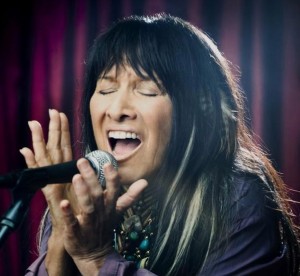For my weblog this module I started looking at different aspects of Indigenous identity in relation to ecological issues.
The Six Faces of Traditional Ecological Knowledge: Challenges and Opportunities for Canadian Co-Management Arrangements
This website is about natural resource co-management. It discusses First Nation involvement in making decisisons and incorporating the values and worldviews of First Nation’s groups. Also discussed is the idea that there are 6 faces of TEK that need to be considered when negotiating co-management arrangements.
First Nations Land Rights and Environmentalism in British Columbia
This is a very different sort of website than the others I came across. The website opens with “We were never conquered and we have never surrendered the right to govern or be stewards of our traditional territories.” The website also states “Disclaimer: strategies of dispossession of First Nations have included representing them in degrading ways. This website promotes a re-iconization of some of these illustrations by placing them in a new context to serve indigenous peoples.” The author of the website is a German woman, Dr. Karen Wonders and the site is very political in nature and continues on with the very clear standpoint taken on the first page. There are links to the websites of different First Nations groups as well as all kinds of lectures, symposiums, exhibitions, articles and media that relate to these topics.
LASA 2003 Meeting Article
The focus in this article from the Latin American Studies Association is on Indigenous people in Columbia. The author looks at how “representations of indigenous peoples have changed from ‘the savage colonial subject’ to ‘the political-ecological agent.'” This is a point that I think is important with respect to our discussions this module and also when I am doing my research and writing my paper. Even positive steretypes must be examined. In addition, the political aspect of environmental issues and resource management is an important consideration. The main website of LASA provides links to a variety of articles, some of which involve Indigenous issues.
First Nations Environmental Network
Incorporating traditional values, this network of individuals and groups encourages and supports others who are trying to protect traiditonally important areas. There is an area where members can post news updates and links and a link to the forum Turning Point,which offers up a place for Aboriginal and non-Aboriginal individuals to egnage in discourse. Even though the site does not appear to have been active since 2009/2010, the way the site, and particularly the forum, is set up and the guiding principles are interesting and useful when considering how Indigenous communities could network and share their experiences.
Assembly of First Nations: Environmental Stewardship
This is a fantastic resource with respect to First Nations’ environmental conerns and current stewardship examples. The areas of Earth, Air, Water and Fire each have a variety of link to videos, factsheets, First Nations funding, articles and other resources to do with environmental stewardship within an Aboriginal context.
